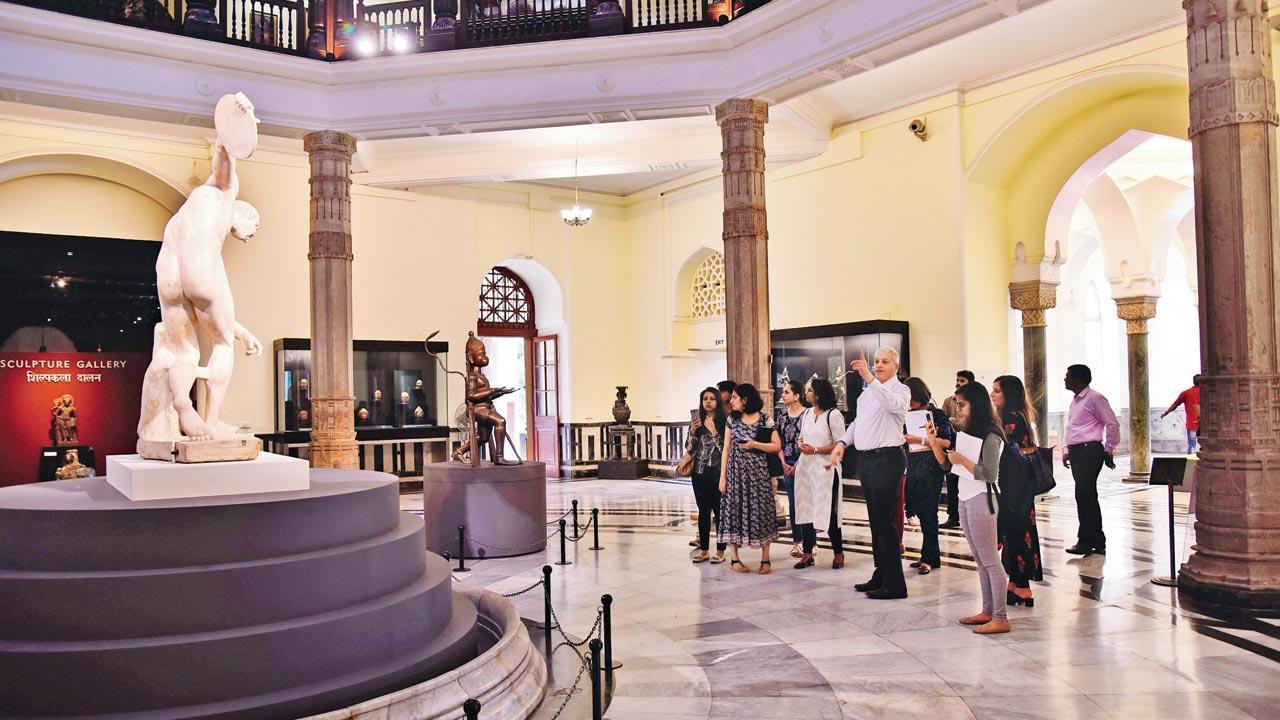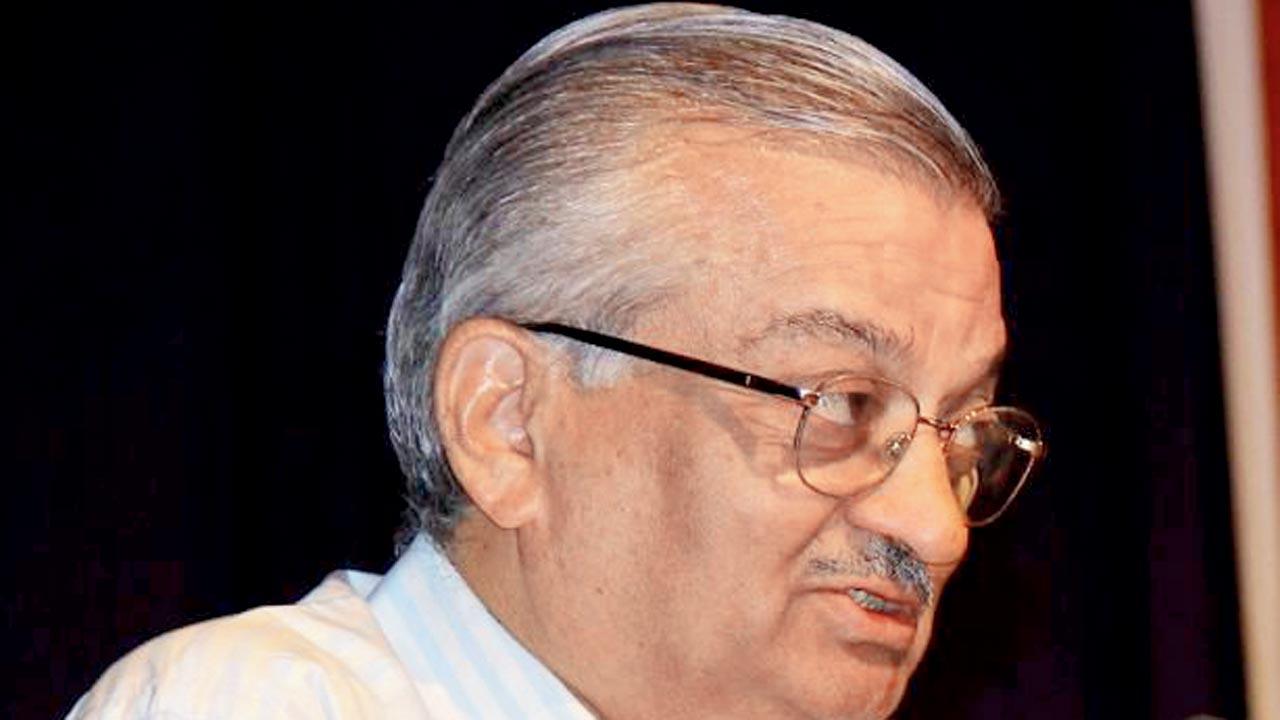At the 37th year of the annual Coomaraswamy Memorial Lecture, nuclear scientist Dr Anil Kakodkar will highlight the importance of the intersection of these two fields, and its immense possibilities

Museum objects showcase the confluence of art, science and technology. The theme of Kakodkar’s lecture will highlight this link and bring together artists, scientists and technologists on a common platform
There is no doubt that science involves creativity despite art and science being taught as separate disciplines in modern education systems. Using an example of the interdependence of the two, Dr Sabyasachi Mukherjee, director general of Chhatrapati Shivaji Maharaj Vastu Sangrahalaya (CSMVS), observes that the first step towards civilisational values began with our ancestors when they created the first complex tools over 1.7 million years ago. “The crude stone hand axe was one such example that demonstrates scientific innovation with artistic expression of early humans. Hence, sciences and the arts have become essential ingredients in human expression,” Dr Mukherjee shares. He also believes that the interdependence of the two fields is an important point of discussion in a rapidly changing contemporary world. The museum will elaborate on this intriguing confluence in their 37th Coomaraswamy Memorial Lecture, hosted jointly by CSMVS and the Museum Society of Mumbai. Padma Vibhushan Dr Anil Kakodkar, nuclear scientist, chairman, Rajiv Gandhi Science & Technology Commission, and former chairman of the Atomic Energy Commission, will deliver this year’s lecture titled Science and Civilisational Values. In the past, the event witnessed lectures delivered by scholars from the field of arts and histories, making this occasion, where a scientist takes the podium, a first.
Echoing the fact that science involves creativity, Dr Kakodkar notes, “They say that mathematics is a multidimensional language. There are aesthetics in many equations, fundamental science questions, and parallels in concepts of self-similarity, energy-matter duality, cycles of destruction and creation, etc. between modern physics and our ancient mysticism.” He highlights that science, culture and arts evolve in an interdependent manner. The lecture will explore the impact of this evolution on civilisational values and their impact on societies, particularly in the context of the transition to the knowledge era. So, what are the opportunities and challenges that follow this intersection? He points out, “Art is human expression while science enables new materials and tools that lead to human empowerment. Science and technology can supplement human creativity but if not handled well can also negatively impact it.”

Citing music as an instance, Dr Kakodkar notes that music and modern computer-based musical instruments have a lot of synergy between them and have opened many new creative possibilities that did not exist earlier. However, these modern instruments may also have adversely impacted many artistes and emerging maestros performing with traditional instruments. Similar observations can be made in other art domains such as painting and sculpting which will be covered during the lecture. This link between science and art leads to new understanding, enabled by science, in the context of humanity. For example, he shares that changing work profiles in the new-age society as a result of Artificial Intelligence Modelling Language (AI/ML) is one area where understanding these linkages would prepare us better for the evolving future. “Ultimately, it is the training of the human mind that would determine whether the confluence of art and science creates an opportunity or a challenge,” he shares.
The lecture will also briefly cover the need to focus attention on rural areas to move towards stable and sustainable growth through the explanation of CILLAGE, a knowledge-integrated concept and model to create better livelihood opportunities in manufacturing, the service sector activities, agriculture and other aspects in villages. For those interested in how the intersection of art and science can impact our future, don’t miss this talk. Speaking about the takeaway for attendees, Dr Kakodkar concludes, “[It will be the importance of moving] towards a student-centric holistic education that nurtures individuals who can grasp the challenges ahead in totality and be competent to address them for the good of humanity.”
ON September 27; 6 pm
AT Visitors’ Centre Auditorium, CSMVS.
LOG ON TO csmvs.in
FREE
 Subscribe today by clicking the link and stay updated with the latest news!" Click here!
Subscribe today by clicking the link and stay updated with the latest news!" Click here!










